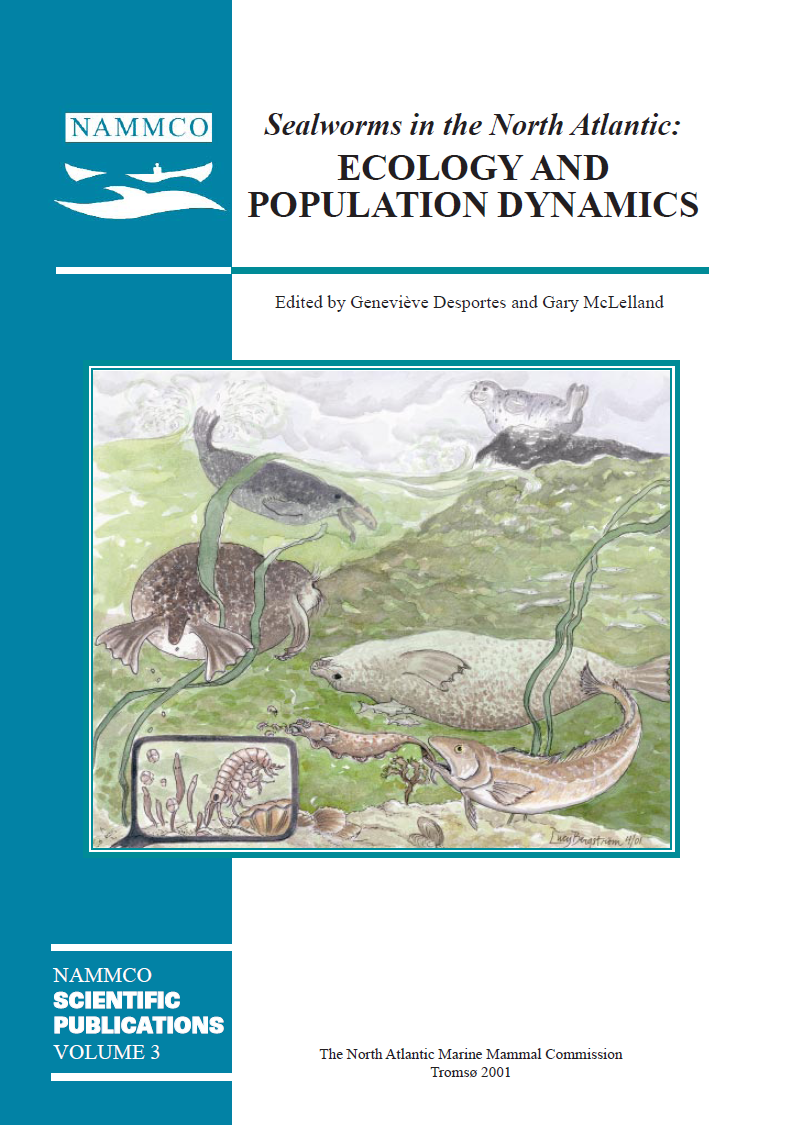Spatial and temporal distributions of larval sealworm, Pseudoterranova decipiens (Nematoda: Anisakinae), in Hippoglossoides platessoides (Pleuronectidae) in the Canadian Maritime Region from 1993 to 1999
DOI:
https://doi.org/10.7557/3.2960Keywords:
Sealworms, Pseudoterranova decipiens, hosts, distributions, parasites, grey seals, Halichoerus grypusAbstract
Spatial and temporal trends of larval sealworm (Pseudoterranova decipiens) infection in eastern Canadian groundfish were monitored in an indicator host, Canadian plaice (Hippoglossoides platessoides), in the 31 to 40 cm length range. Between February 1993 and September 1999, a total of 8,482 plaice were collected from 33 locations in Canadian Maritime waters (NAFO Subdivisions 4TVWX-5ZE), and their fillets and napes were examined for sealworm. Prevalence (P) and abundance (A) of the parasite were greatest (P ranging from 95 to 100%, A from 7.48 to 15.60) in fish collected from the central Scotian shelf (4VSW) near Sable Island, site of the largest grey seal (Halichoerus grypus) colony in the northwest Atlantic, and from Jordan Basin in the northeastern Gulf of Maine (4X). The infection of greatest intensity (I=158) occurred in a fish from “The Gully” slopewaters of Banquereau (4VS), a few kilometres northeast of Sable Island. By 1995-99, sealworm prevalence and/or abundance had increased significantly in plaice from most locations where stable or declining infection parameters were observed from 1989 to 1993, but abundance of the parasite continued to decline in the Sable Island area. While spatial and temporal distributions of larval sealworm in plaice seemed largely related to the distribution and growth of grey seal populations,
the influence of definitive hosts was probably mitigated by other factors such as changes in environmental temperature and parasite density limiting effects in the indicator host.





